Advisory Board Sessions: Photography Expanded
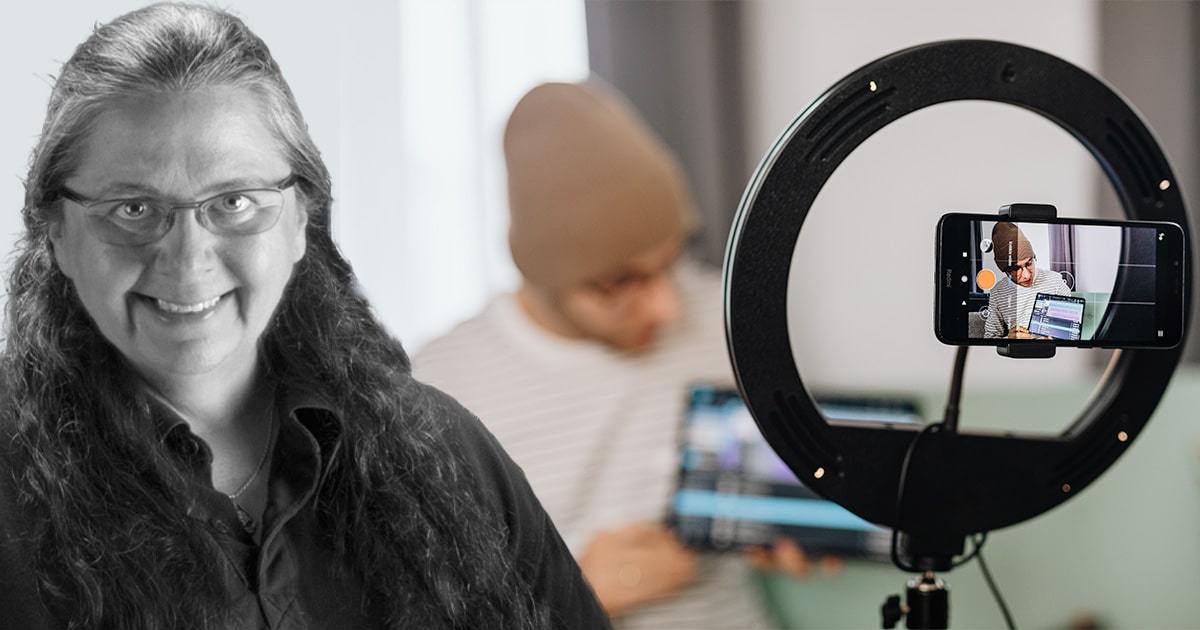
In this latest installment in our industry interviews, we talked to Sessions College Advisory Board member Pat Perigo about changes in photography and for digital creatives in general. Pat is a photographer and print production professional with extensive experience working in the San Francisco and Phoenix areas in digital design, color correction / conversion, digital photography / retouching, studio and location photography, stock photography editing, commercial lab printing, graphic design, and web design.
Q: Has employment in your industry changed during the COVID-19 pandemic? If so, how?
During the pandemic, initially anything involving people and photography was shut down. Less people-oriented fields continued to thrive: product photography, architectural, and interior residential photography were still lively with businesses and customers depending even more on powerful online images.
A lot of pandemic photography was created for marketing on the web and social media. And with more remote work, over time this has evolved into home studio work, stop motion, cinemagraphs, short video, and time-lapse.
There were many with photography skills who expanded their knowledge into augmented reality assets and motion graphics. These skills plus design and short videography for social media advertising became the driving force for my industry.
There is a new position title, for those interested in expanding beyond photography, called content creator and social media manager. This role requires training in photography, video production/ motion graphics, and design, and skill in programs like Dimension and Adobe XD, Express, After Effects, and Premiere Pro or Rush.
Q: What software or skills are in demand?
Companies are looking for experts who know their craft. A traditional graphic designer needs to know Photoshop, Illustrator, and InDesign. Skills outside that (Premiere, After Effects, and so on) are a benefit, but not required. Foundational skills for designers include: page layout, parent pages, grid systems, hierarchy, color theory, understanding how clipping paths work, and how and when to utilize different file types. The fundamentals of design are of course still essential.
For photographers, I would learn camera skills with both stills and video or motion capture. Skills in lighting strobes and LED video lighting positions and modifiers are necessary to make a range of shots and conditions work.
Motion designers are specific jobs; I’m not seeing as much “one size fits all” needs as much as the early 2000s. For multimedia applications, a designer must understand motion techniques: stop motion, cinemagraphs, time-lapse, and even After Effects and Adobe Animate.
From a software perspective, for more general creative or content marketing positions, a wide range of programs are appearing in ads: including Photoshop, LRC, InDesign, Illustrator, XD, Premiere Pro, Premier Rush, Adobe Aero, Adobe Dimension, Adobe Aero, Adobe Express, Adobe Portfolio, Adobe Behance, Hootsuite, or comparable posting software scheduler.
Other niche specialty skills are in demand too, outside of the design space. For a UX visual designer, coding knowledge is good, but they only touch code once or twice a month. User research and design are generally split up. Video is becoming increasingly more popular for marketing, and having the ability to do simple Adobe Premiere skills is nice to have. An understanding of social media is also a big plus.
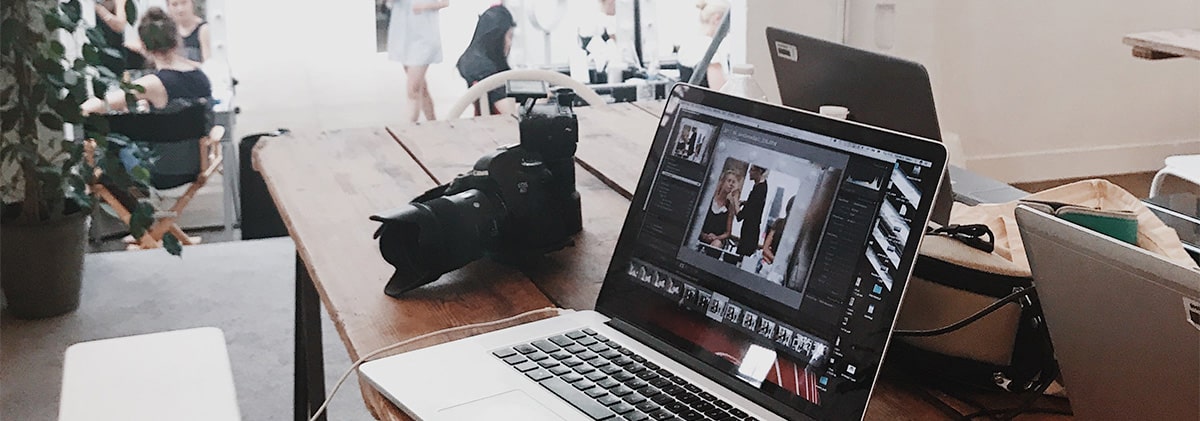
Q: What do employers look for in general?
Communication, planning, and the ability to multi-task quickly while generating quality work. While there are software programs, post schedulers, and other tools to help you automate tasks, you must be on it and have high energy to keep up.
Web and social media content creation is very valuable. Graduate with eye-catching storytelling abilities can make us want to purchase, eat, or travel places!
Once good piece of advice to students is to make sure you complete an internship while in school! Develop a strong work ethic. Be the solution not the problem: be early and the last to leave. Never ghost your position or responsibilities or supervisor. Ask questions, and be confident without arrogance. If you say you will do something, complete it! Be trustworthy and positive.
Q: What portfolio format(s) are employers looking for?
Get your work clean and publish it on Behance (the LinkedIn of the industry) and LinkedIn itself, with a clean, focused portfolio geared to small business!
You should have a social media presence such as Instagram marketing your work! How else will they trust you can market their products? Create a print portfolio for your face-to-face and leave off.
Do not produce a fine art portfolio, there simply is not a market. Photographers can get involved in ASMP (American Society of Media Photographers) as a content creator and make sure their online presence is polished. Adobe Express can be used to create a web page as a custom portfolio for a job. If you have enough motion and video, create a YouTube channel!
For more information about Pat Perigo, visit our Advisory Board. For more information on Photography majors at Sessions College, visit our Digital Photography programs page.

Sessions Staff is a restless soul who loves to share Campus News stories with current and prospective students.

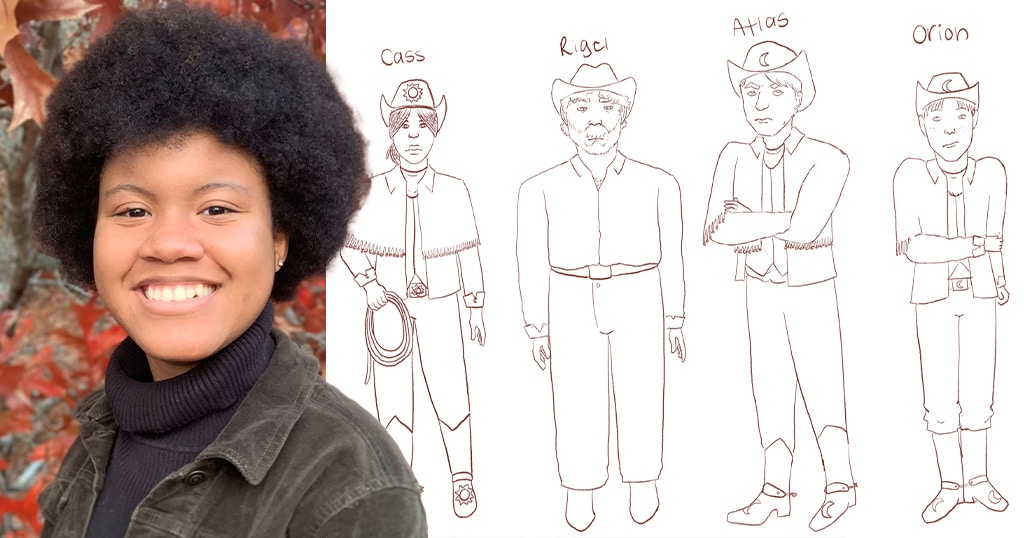
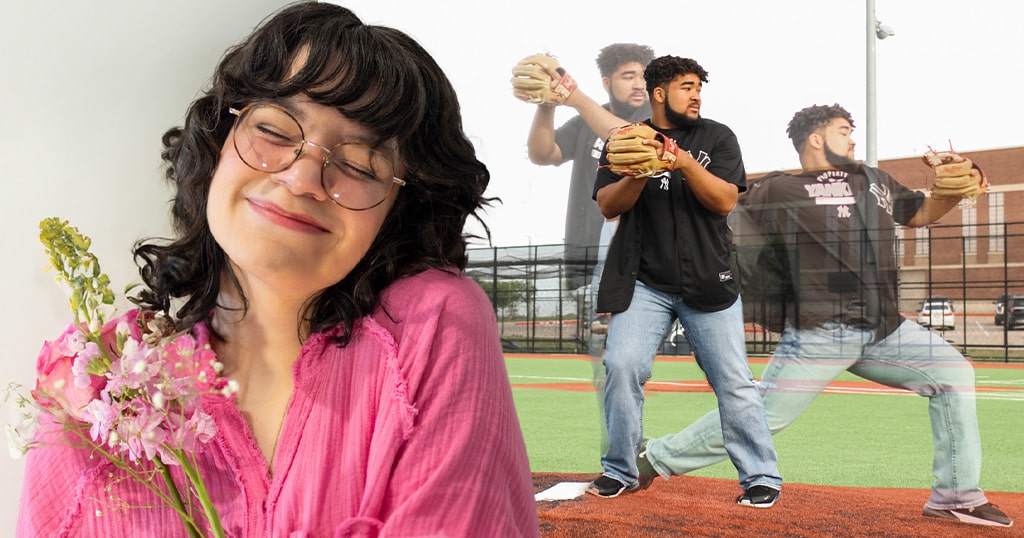
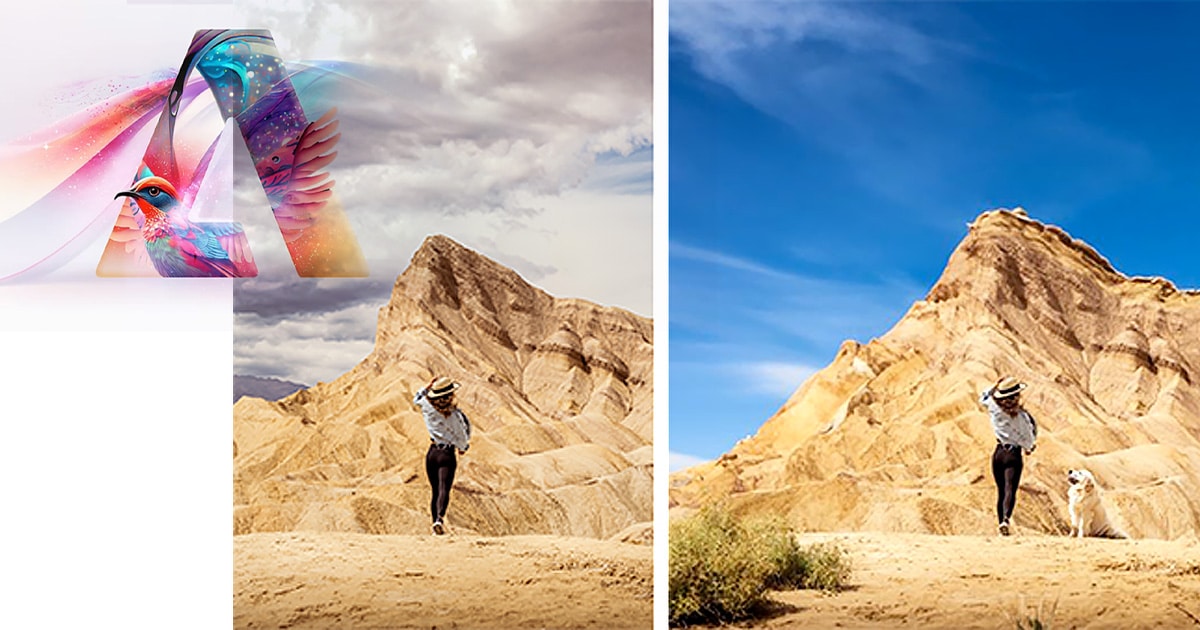 What Photoshop’s new AI Tools Mean for the Creative Community
What Photoshop’s new AI Tools Mean for the Creative Community
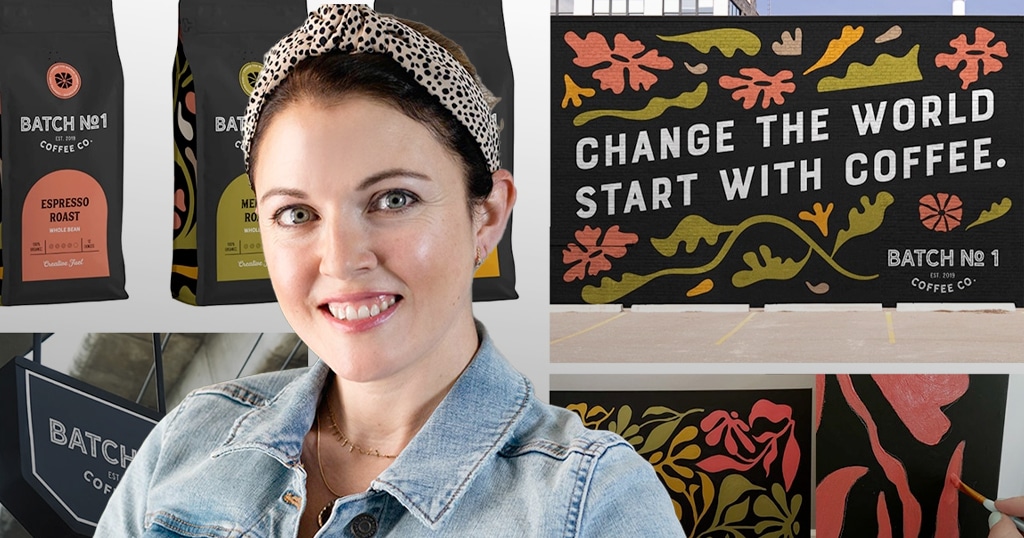 Gaining Confidence and Working with Clients
Gaining Confidence and Working with Clients How to Stand Out in UX Design
How to Stand Out in UX Design